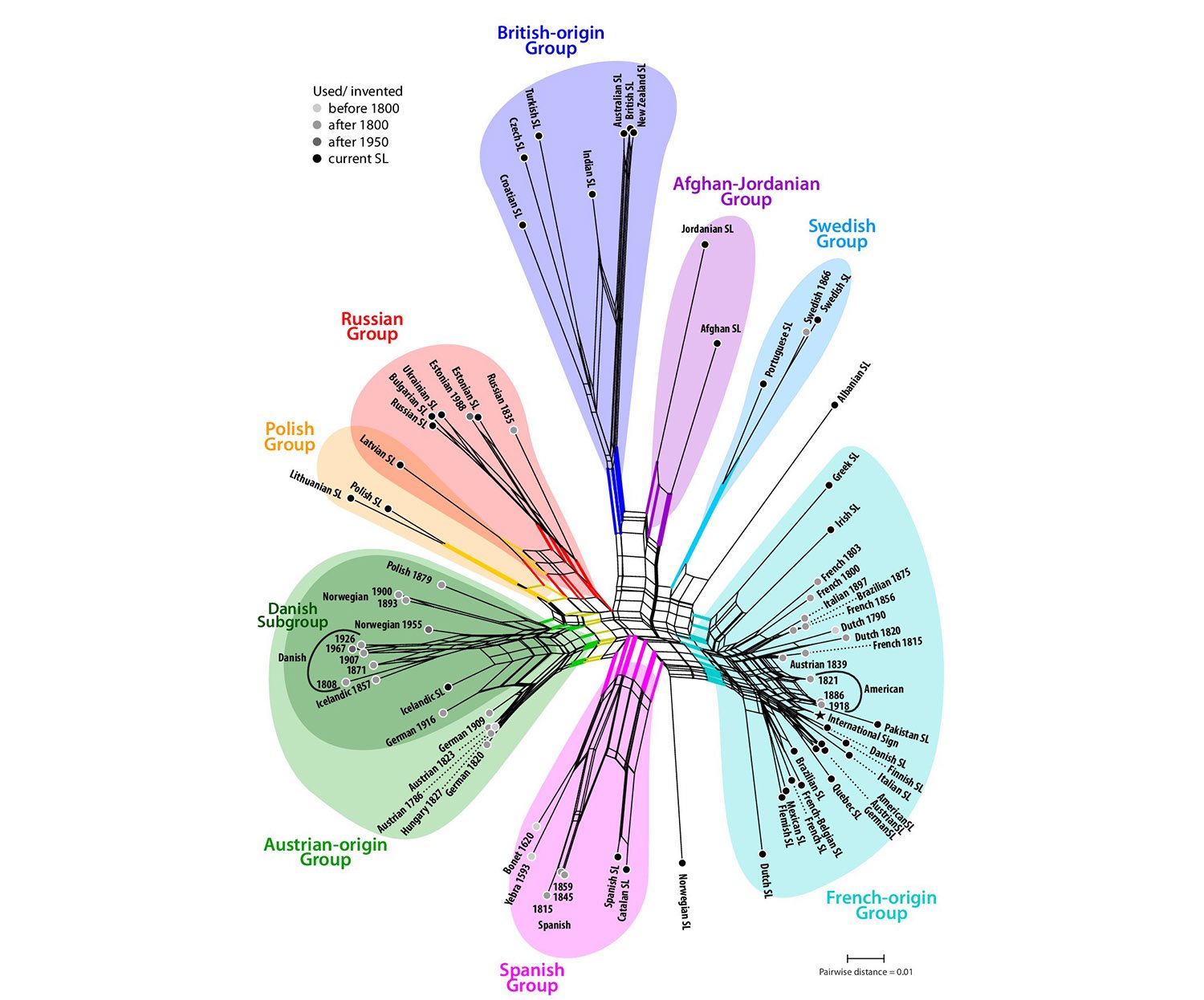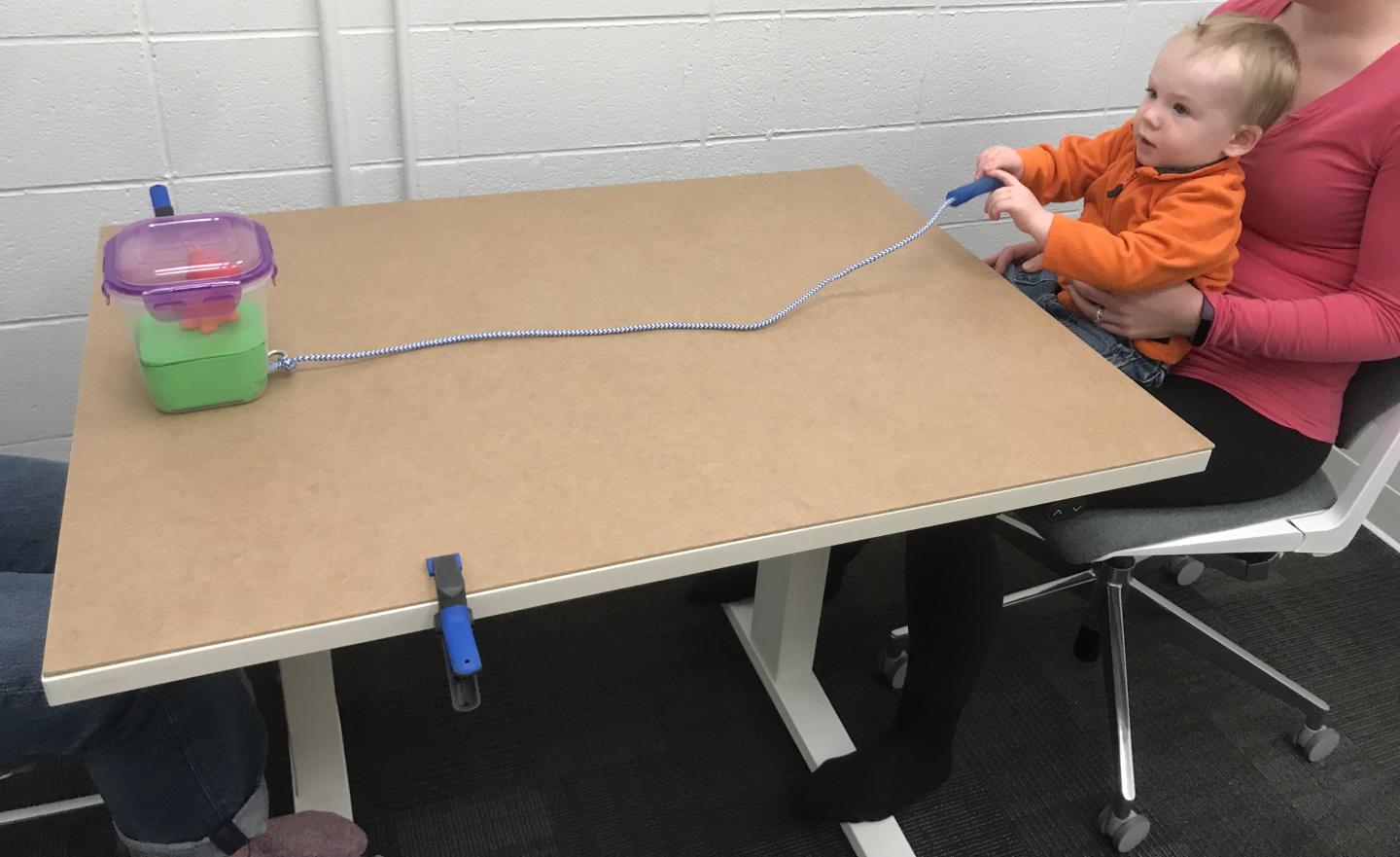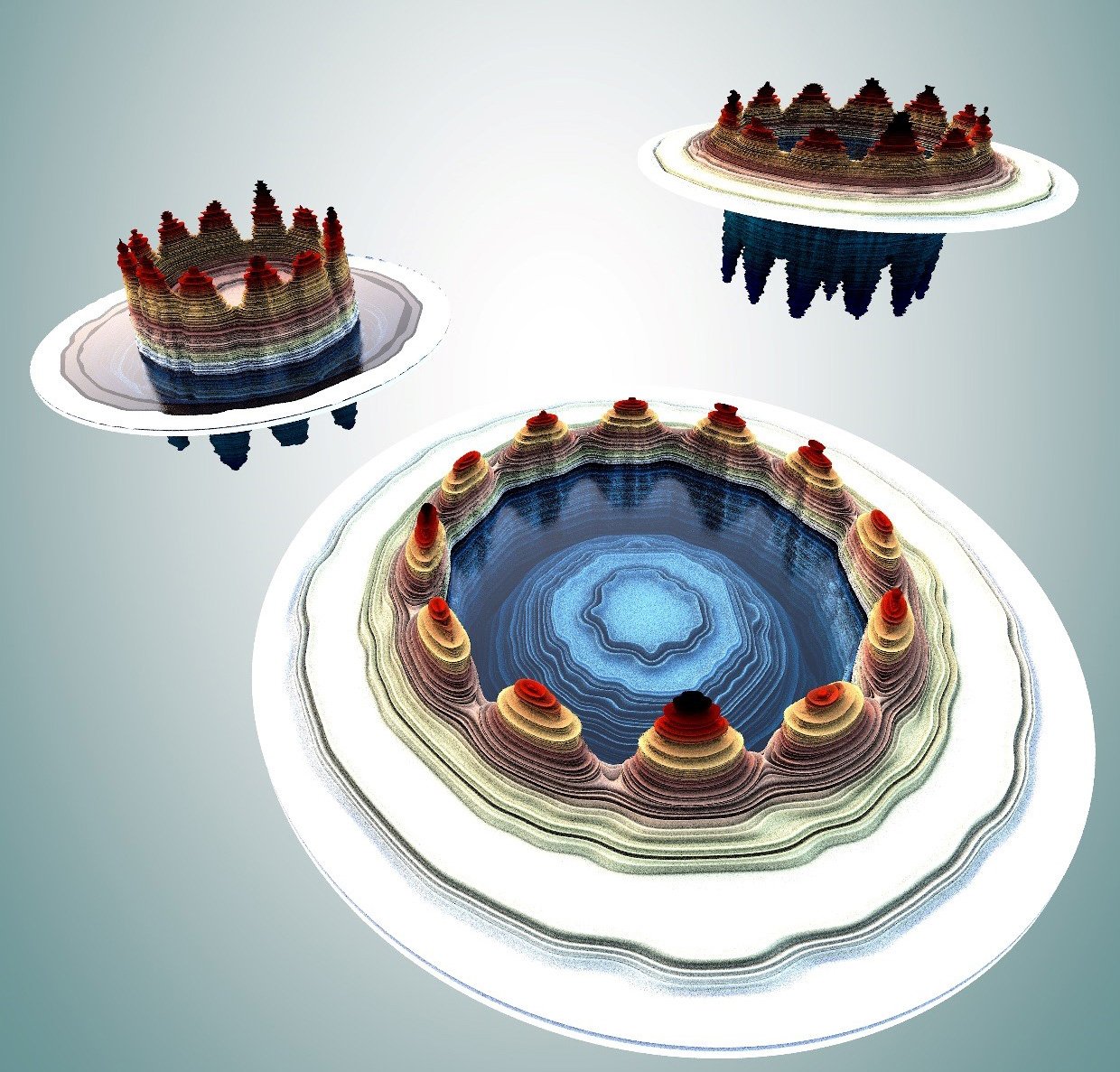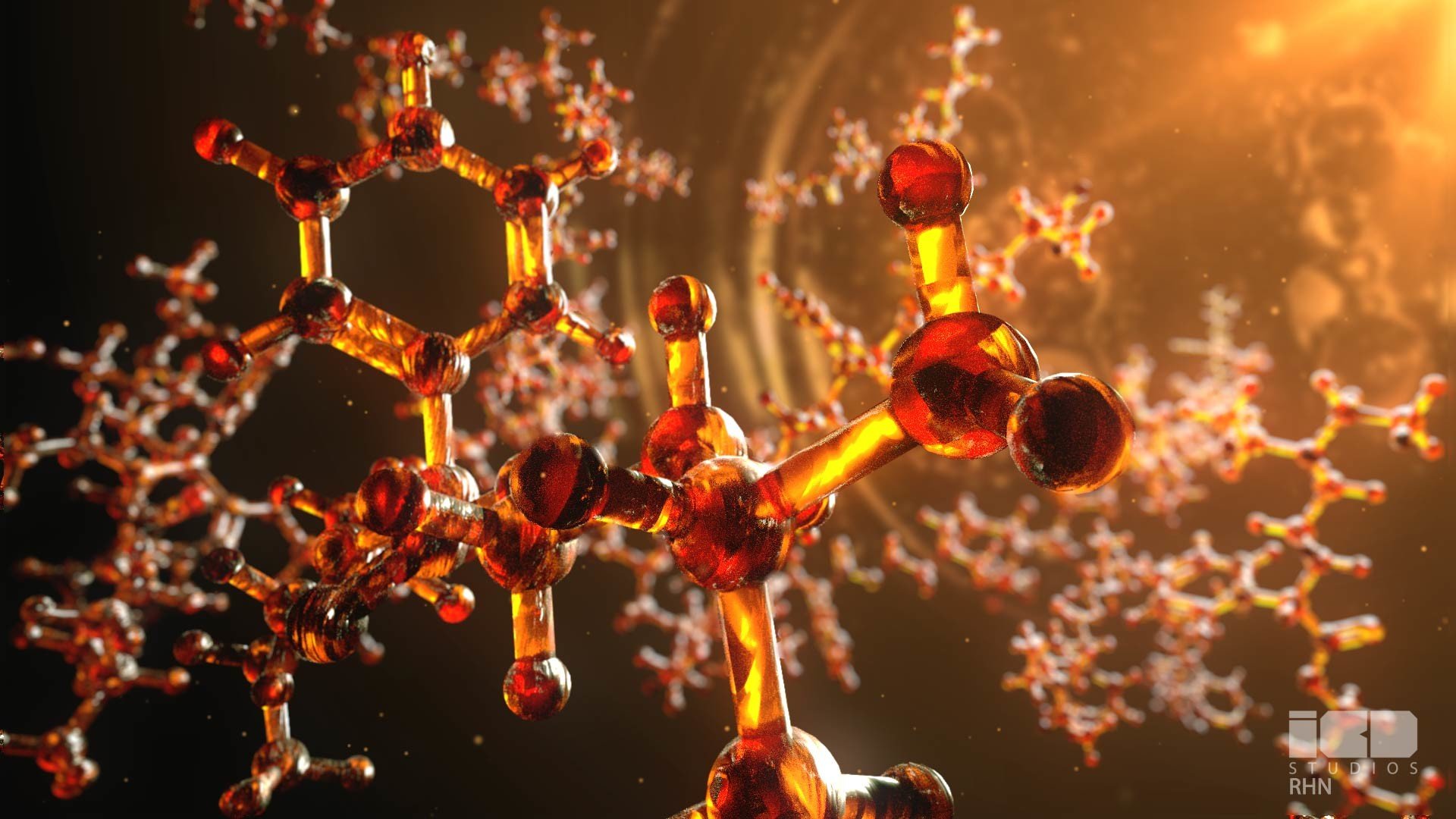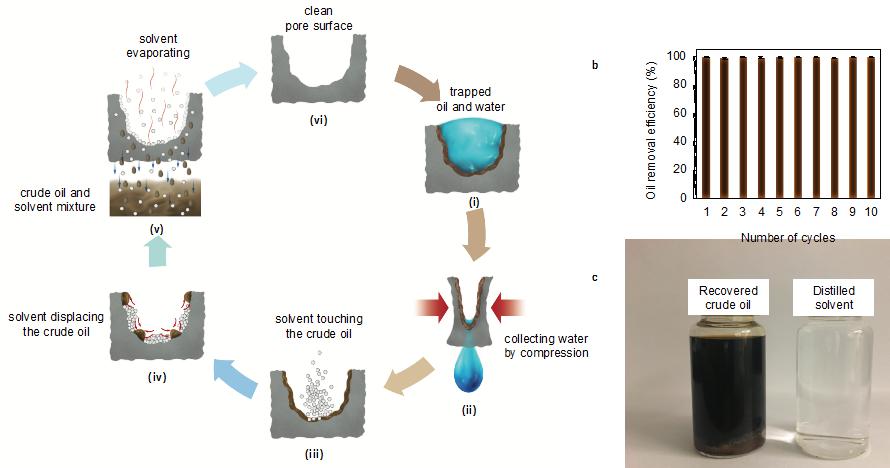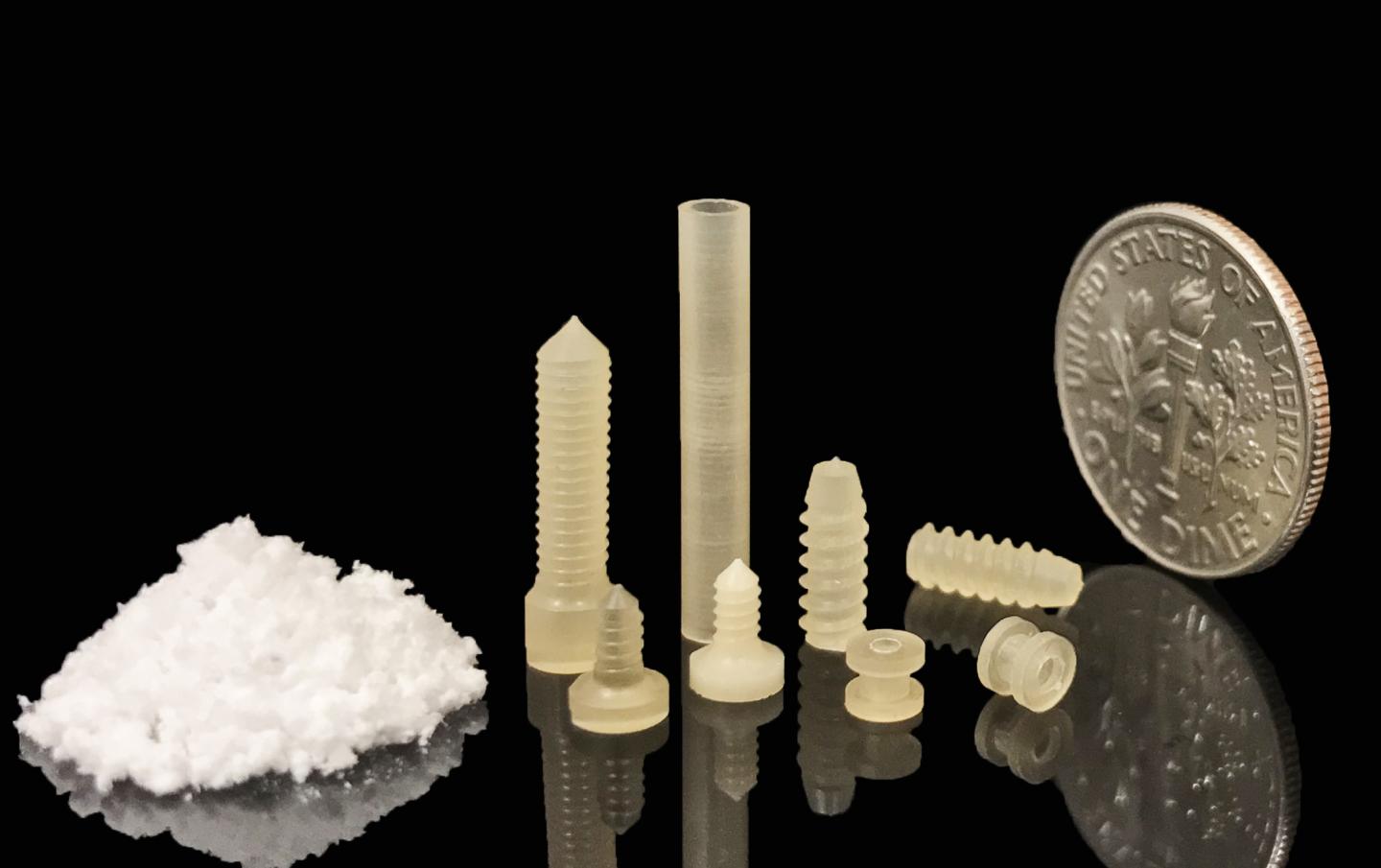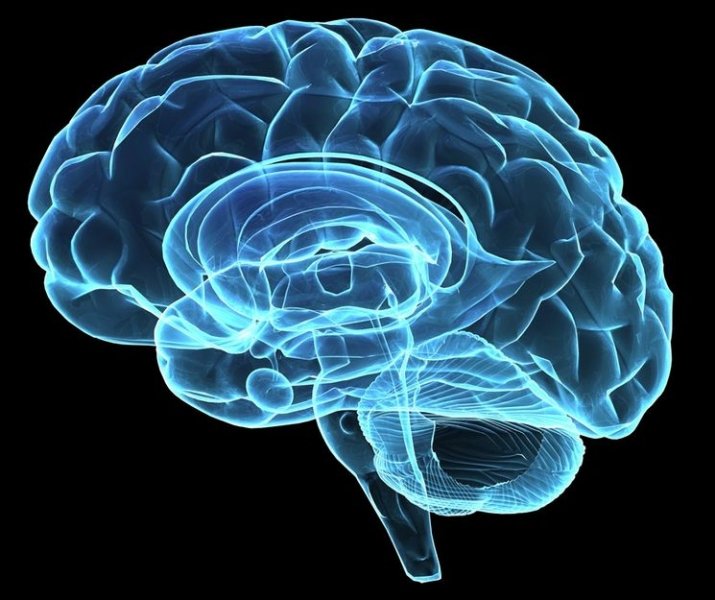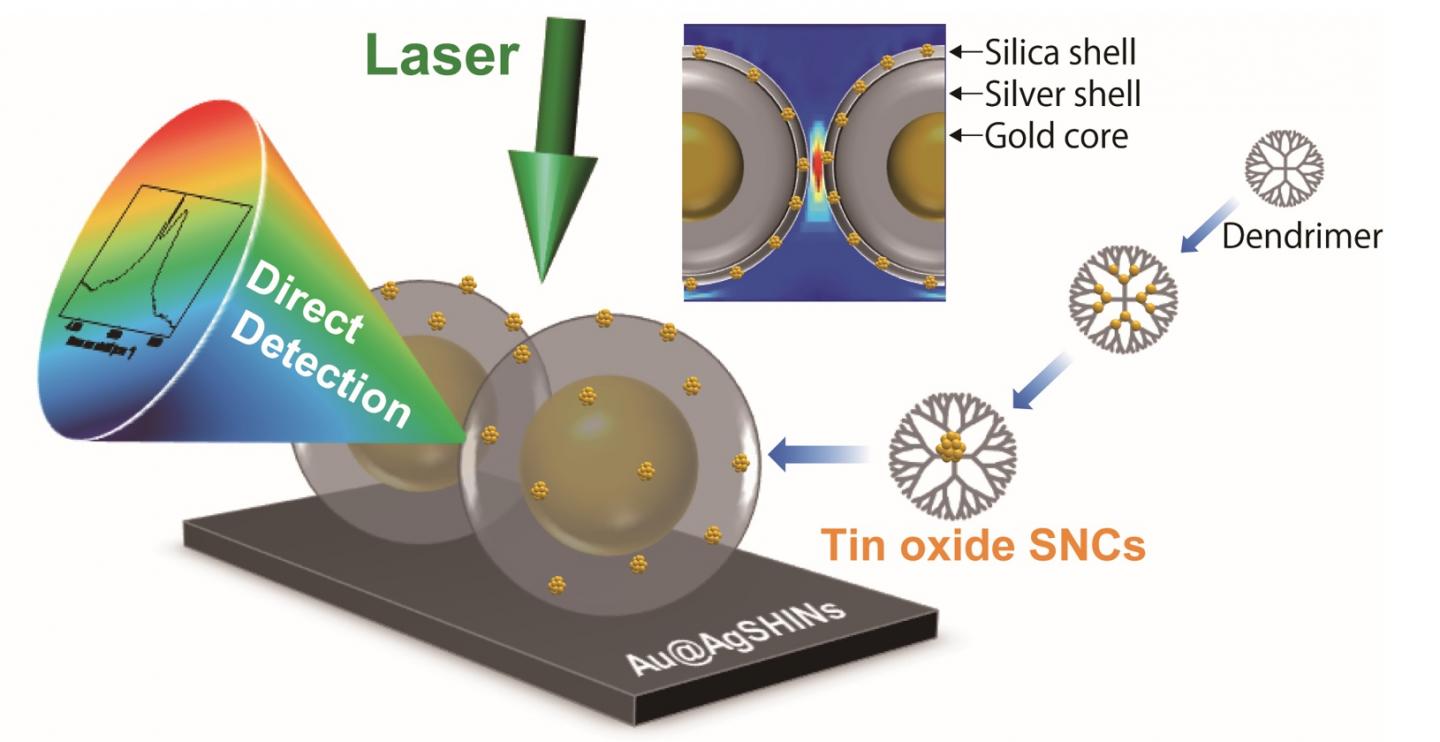Interdisciplinary study reveals new insights into the evolution of signed languages
A new study, published in Royal Society Open Science, sheds light on the origins and evolution of European sign languages. Using phylogenetic network methods to compare dozens of sign languages, the scholars identify five main European sign language lineages that dispersed to other parts of the world beginning in the late 18th century. Natural human languages … Read more
